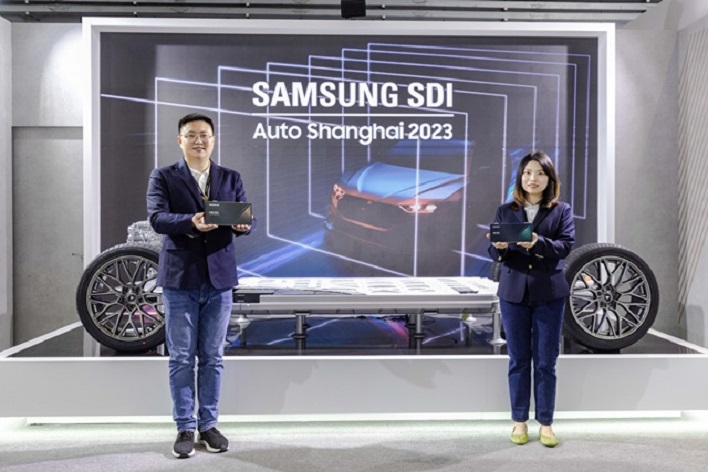Samsung Galaxy S24 Could Kick Battery Life Into Overdrive With EV Technology

Samsung SDI is the department that currently develops and manufactures Li-Ion batteries for the company, and rumors are that it is looking to apply a capacity increase technology typically used in its Gen 5 batteries for electric cars to Samsung Galaxy smartphones, tablets, and other devices.
Instead of changing the chemistry of its batteries, the "stacking" method securely materials such as anode, cathode, and others on top of each other, allowing for a more compact and energy-dense battery. Examples of similar technology are Audi's Q8 e-tron and Chinese battery maker CATL, both fitting more energy in the same size batteries.

Some are pondering the possibility of Samsung using the new technology to make its smartphone batteries smaller, rather than adding to the capacity. An example would be keeping the current 5,000mAh battery capacity in the S23 Ultra in the upcoming S24 model, instead of bumping up the capacity. This would free up valuable real estate within a device for other components or make a device smaller.
The new stacking technology could speak well for the next-generation Galaxy S24 family of smartphones. Previous rumors have hinted at a possible new camera setup and a huge boost to GPU performance. Also, by utilizing the new stacking method Samsung could very well compete with its competitor LG Energy, which uses a similar method.

